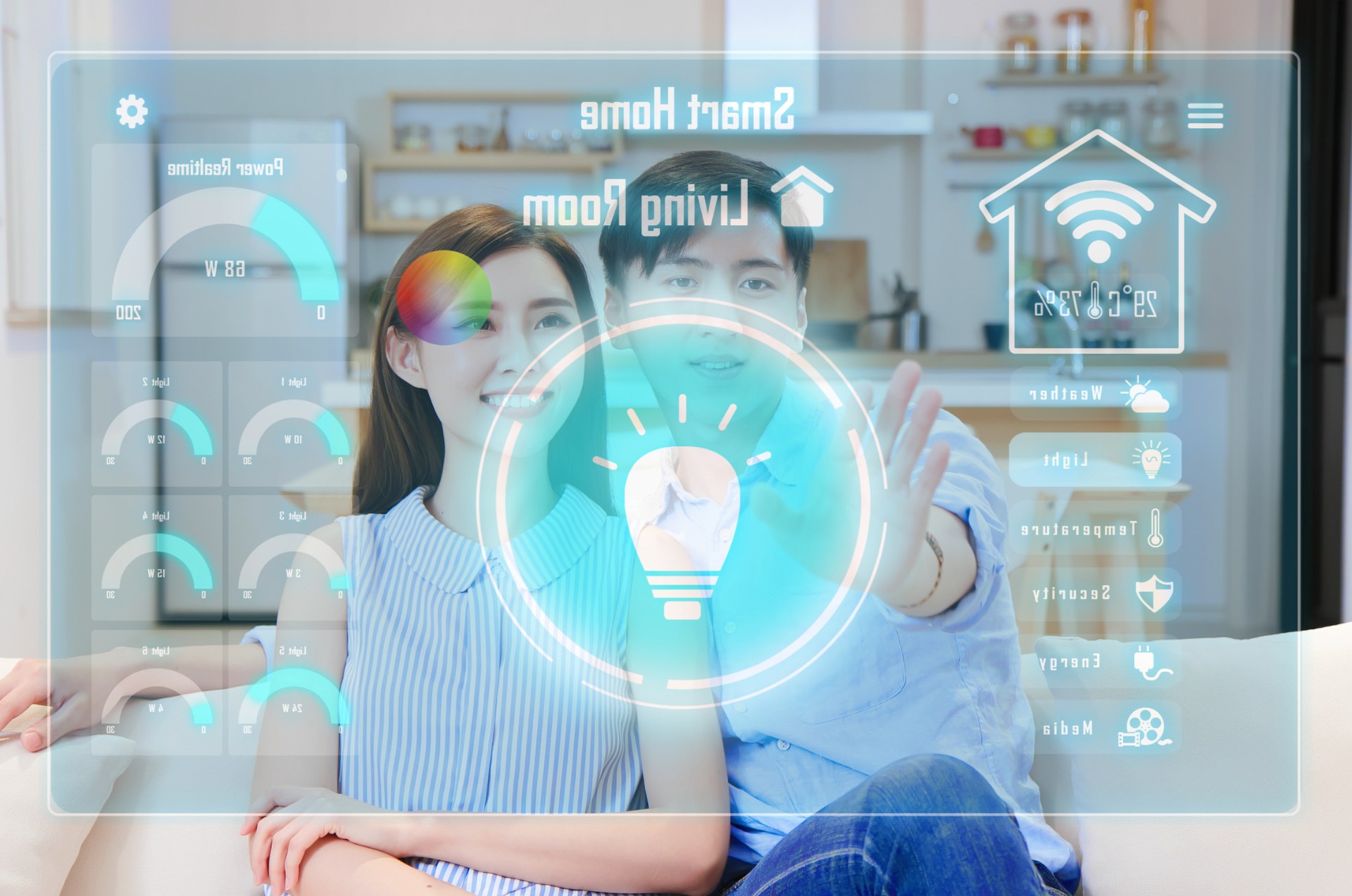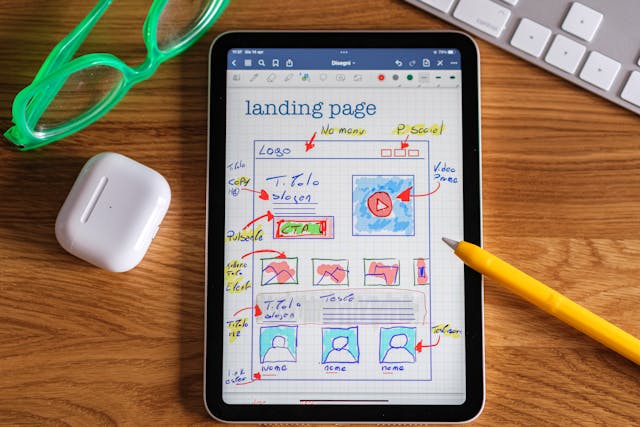
Smart Homes: How IoT Devices Are Enhancing Convenience and Efficiency in Daily Life
Introduction:
Smart homes represent a significant advancement in residential living, leveraging Internet of Things (IoT) devices to enhance convenience, safety, and energy efficiency. These innovative technologies have redefined the concept of home automation, offering homeowners unprecedented control and connectivity. From intelligent thermostats that learn and adapt to user preferences to surveillance systems that provide real-time monitoring, the possibilities are endless. In this comprehensive guide, we'll delve deeper into the realm of smart homes, exploring the diverse range of IoT devices available and their transformative impact on modern living. Join us as we uncover the myriad benefits and potential of smart home technology.
Understanding Smart Homes and IoT:
Smart homes are residences equipped with Internet of Things (IoT) devices that can be remotely controlled and automated. These devices are connected to the internet and can communicate with each other, allowing homeowners to manage various aspects of their home environment from anywhere with an internet connection. Common IoT devices found in smart homes include smart thermostats, lighting systems, security cameras, door locks, and appliances.
Enhanced Convenience:
One of the primary benefits of smart homes is the enhanced convenience they offer. IoT devices allow homeowners to automate routine tasks and control various aspects of their home environment with ease. For example, smart thermostats can learn your temperature preferences and adjust settings automatically to ensure optimal comfort while saving energy. Similarly, smart lighting systems can be programmed to turn on and off at specific times or in response to motion, making it easier to manage lighting throughout the home.
Improved Safety and Security:
In addition to convenience, smart homes also provide improved safety and security features. IoT-enabled security cameras and doorbell cameras allow homeowners to monitor their property remotely and receive alerts about suspicious activity. Smart locks provide keyless entry options and allow homeowners to grant access to visitors remotely, enhancing security while offering convenience. Smoke detectors and carbon monoxide detectors equipped with IoT technology can send alerts to homeowners' smartphones in case of emergencies, allowing for a quick response even when they're away from home.
Energy Efficiency:
Smart homes contribute to energy efficiency by optimizing the use of resources and reducing energy waste. Smart thermostats can adjust temperature settings based on occupancy patterns and weather forecasts, helping to reduce heating and cooling costs without sacrificing comfort. Energy-monitoring devices provide real-time data on energy consumption, allowing homeowners to identify areas where they can reduce usage and save money. Additionally, smart appliances, such as refrigerators, washers, and dryers, can operate more efficiently by adjusting settings based on usage patterns and energy demand.
Remote Accessibility:
Another key advantage of smart homes is remote accessibility. With IoT devices, homeowners can monitor and control their home environment from anywhere with an internet connection. Whether they're at work, on vacation, or simply away from home, homeowners can use their smartphones or other internet-connected devices to check security camera feeds, adjust thermostat settings, lock or unlock doors, and more. This remote access provides peace of mind and allows homeowners to stay connected to their homes no matter where they are.
Customization and Personalization:
Smart home technology offers a high degree of customization and personalization, allowing homeowners to tailor their home environment to their specific preferences and needs. Through smartphone apps and voice commands, users can create custom schedules, scenes, and automation rules to suit their lifestyle. For example, homeowners can set up "goodnight" scenes that automatically turn off lights, lock doors, and adjust thermostat settings when it's time to go to bed. This level of customization allows for a truly personalized smart home experience.
Scalability and Expandability:
Smart home technology is highly scalable and expandable, allowing homeowners to start with a few devices and gradually add more over time. Whether you're looking to automate a single room or your entire home, smart home systems can accommodate your needs. Many smart home devices are designed to be interoperable, meaning they can work together seamlessly regardless of brand or manufacturer. This flexibility allows homeowners to mix and match devices from different manufacturers to create a custom smart home ecosystem that suits their needs.
Integration with Voice Assistants:
Voice assistants like Amazon Alexa, Google Assistant, and Apple Siri have become increasingly popular in smart homes, offering hands-free control and voice-activated commands for IoT devices. By integrating smart home systems with voice assistants, homeowners can control their devices using simple voice commands, making it even easier to interact with their smart home environment. This integration adds an extra layer of convenience and accessibility, allowing users to control their smart home devices without needing to lift a finger.
Popular IoT Devices for Smart Homes:
Smart Thermostats:
Smart thermostats, like the Nest Learning Thermostat or Ecobee SmartThermostat, learn your temperature preferences and adjust settings automatically to optimize comfort and energy savings.
Smart Lighting Systems:
Smart lighting systems, such as Philips Hue or Lutron Caseta, allow homeowners to control lighting levels and colors remotely via smartphone apps or voice commands.
Smart Security Cameras:
Smart security cameras, like Ring Spotlight Cam or Arlo Pro, provide real-time video monitoring of your property and send alerts about suspicious activity to your smartphone.
Smart Door Locks:
Smart door locks, such as August Smart Lock or Schlage Encode, offer keyless entry options and allow homeowners to lock and unlock doors remotely using smartphone apps.
Smart Appliances:
Smart appliances, including refrigerators, washers, dryers, and ovens, offer advanced features like remote monitoring, energy efficiency, and personalized settings for optimal performance.
Smart homes and IoT technology are transforming our lives by providing unmatched convenience, safety, and efficiency. With features like enhanced convenience, improved safety, energy efficiency, and remote accessibility, smart homes offer a personalized and interconnected living experience. Leveraging IoT devices and automation, homeowners can create environments tailored to their needs. As technology continues to advance and smart home devices become more accessible, the future of home automation promises even greater innovation and integration. Embracing smart home technology allows us to simplify tasks, enhance security, and optimize energy usage, ultimately improving our quality of life in the digital age.






(0) Comment